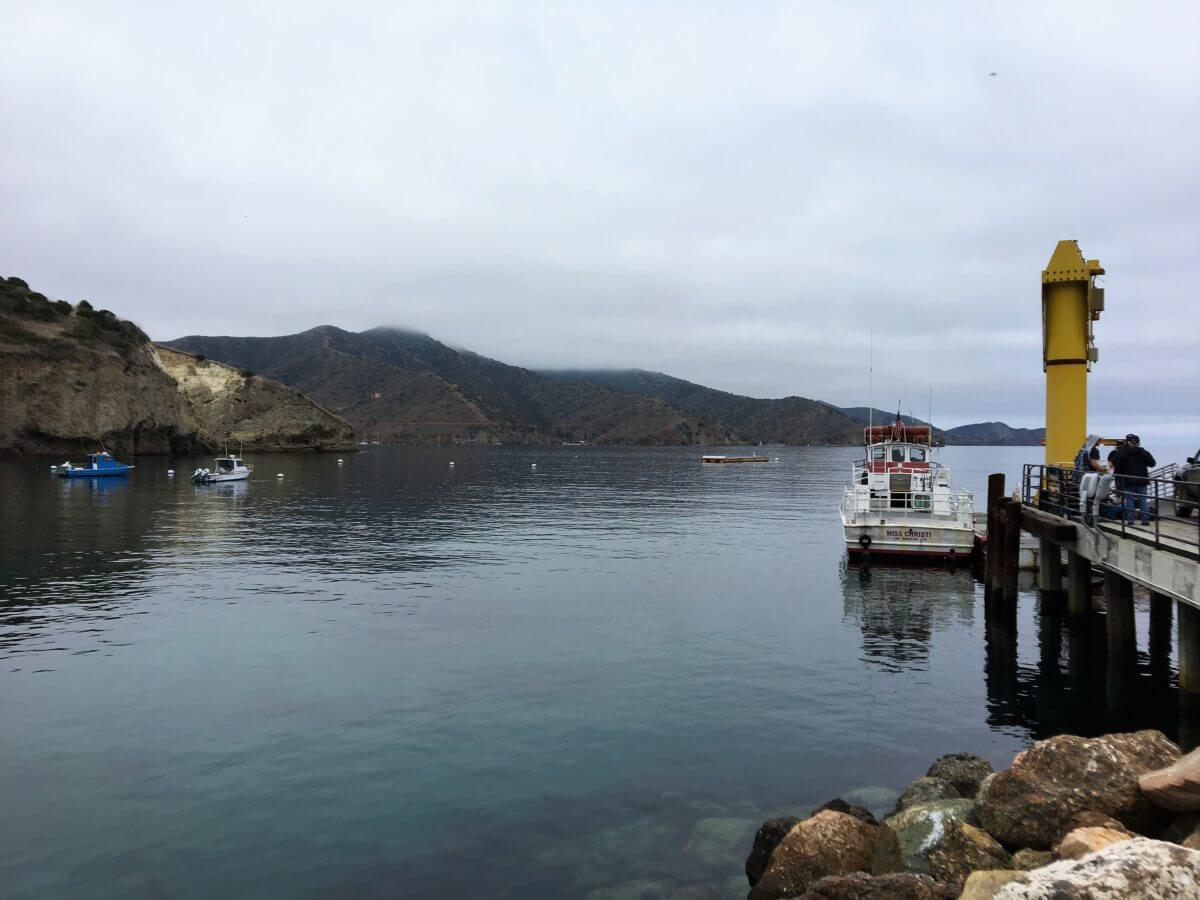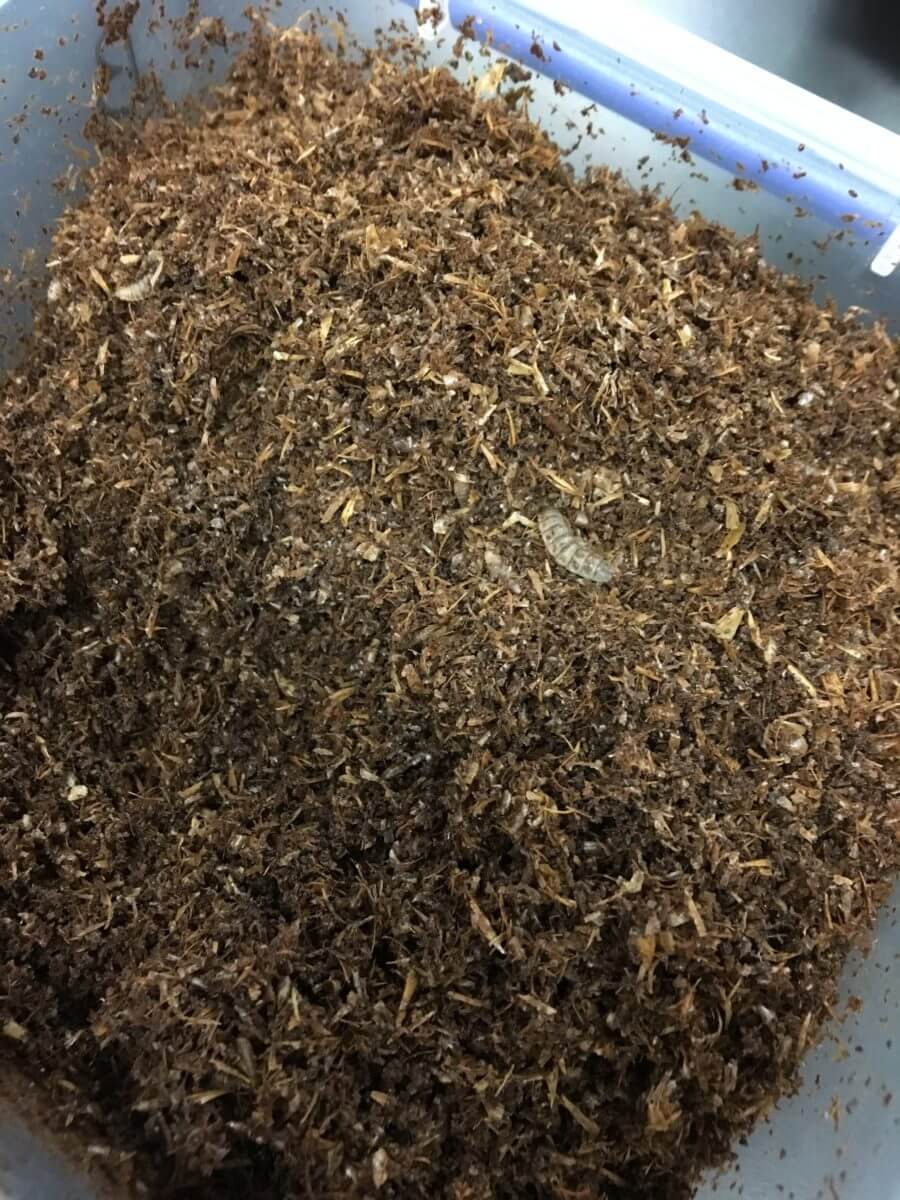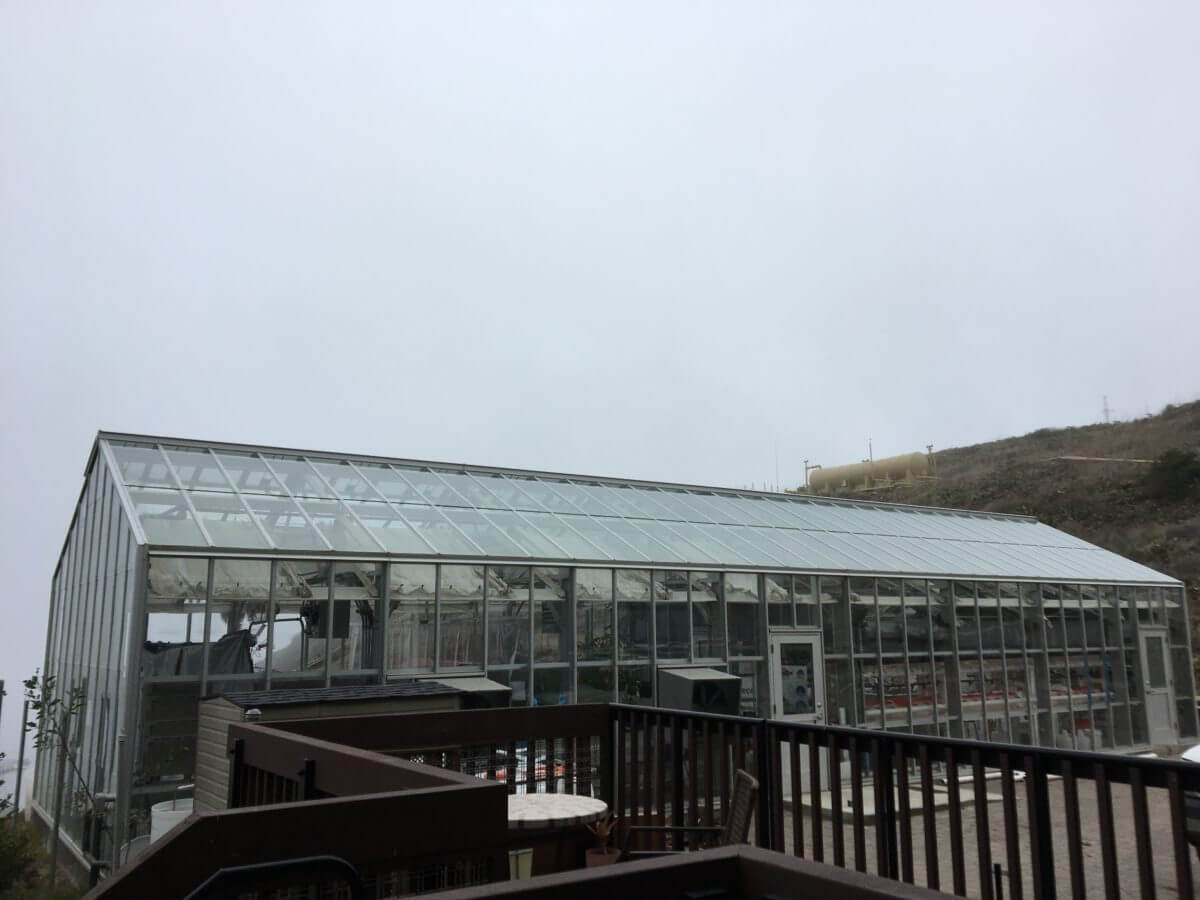We woke up to a foggy morning on our second day in Catalina Island, the temperature had dropped a little but the island was still looking beautiful. We all had breakfast and then head to the Lecture Hall to meet with a Nature Works Specialist from Catalina Conservancy – formed in 1972 – for a Naturalist Training. He talked about the natural history of Catalina Island, including the island geologic history, its ecological communities, impacts caused by humans and conservation activities.


Catalina Island is home to more than 60 endemic species and subspecies. It has a wider diversity of animals than most of the other eight Southern California Channel Islands due to its large size and proximity to the mainland, although the island has never been attached to it. It is also home to more than 400 native plants and 200 non-native plants. Today, the island ecosystem includes a variety of native trees, shrubs, wildflowers, grasses, mammals, birds, insects, reptiles, amphibians, and other forms of life.
After lunch, we met with Ken Nealson, the Director of Wrigley Institute, who talked with us about the institute, sustainability, energy, and global warming. These topics are not only truly relevant to me as an Environmental Engineer but they strongly relate to my current Master of Science program in Green Technologies, so I really appreciated that conversation.
After meeting with Ken, we went on a tour of campus in small groups to talk about various projects including the following:
- Kelp Biofuel Project where researchers are testing new approaches for cultivating kelp in the ocean for potential use as sources of sustainable biofuel;
- Optimization of shellfish aquaculture, a sustainable seafood that reduces pressure on wild fishery resources;
- Use of new techniques for recycling food waste and compostable materials, using the natural life cycle of the black soldier fly;
- Aquaponics project which is a closed-ecosystem approach to food production that combines fish rearing with plant cultivation.



In the evening, some of us met at the greenhouse to learn about the Hawaiian bobtail squid project. These squids have been used by the researches to examine what animal genes are involved in the selection and tolerance of beneficial bacteria.



Then, we head down to the dock to look at the bioluminescence plankton glowing in the water which was truly fascinating! I personally found it to be one of the most unforgettable moments of the trip!
Stay tuned for my next blog post on Day 3 in Catalina Island!
Published on June 25th, 2018
Last updated on April 1st, 2021

